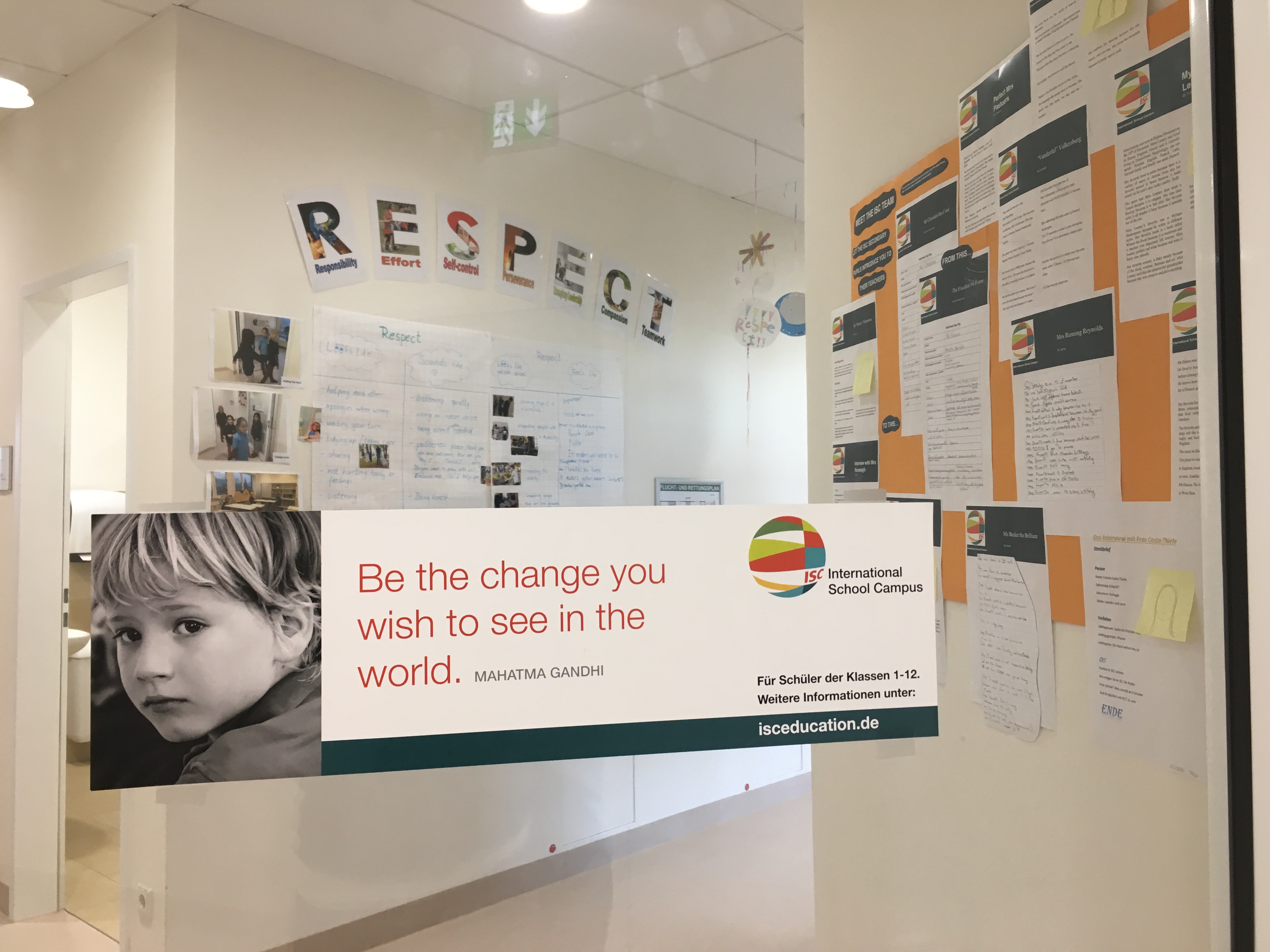When I returned from Tallinn, I was met at the ferry terminal with the second name sign I’ve ever had (the first one was made by my advisors when they met us at the Joensuu airport to welcome us to Finland). I was met by Kaija and Jukka, friends of Saara and educators in the Helsinki area. They warmly welcomed me to visit them on my return from Helsinki, and stay the night before my school visit the following day.

“The Defense of Sampo”, one of Akseli Gallen-Kallela’s most famous paintings
We began our afternoon by having coffee at Lapinlahti, a place in Helsinki that represents “an innovative collaboration between mental health organizations and the arts”. The cafe, part of Lapinlahden Lähde, is actually inside one of Europe’s oldest mental hospitals, and has been repurposed to include a place for the arts, learning, and collaborating. Here I was able to learn a bit more about Kaija, who is a professor at the Helsinki University of Applied Sciences, and her husband, Jukka, who works with students with special needs. After coffee, we went to see the artwork of Akseli Gallen-Kallela. This artist was responsible for the illustrations of Finland’s Kalevala, which is the national epic and a main part of Finnish identity.
In the evening I was invited for dinner with Kaija and her family, where we had roasted vegetables, salad, chicken curry, and I was even able to try reindeer! Our evening meal was not complete without tea and a piece of blueberry pie, and plenty of conversation about education, learning, comparing cultures, and similarities and differences in the US and Finland. My kind of dinner conversation.
Side note: In my readings of Finland, one thing that was mentioned is that Finns don’t do small talk. As an introvert, small talk can be one of the most difficult things for me when I am with a group of people. I often feel like I am right at home here in Finland, because I am not pressured to partake in the small talk; it is ok just be in the same space and be quiet. I often think about this for my introverted students. How often are they forced to act a certain way because of societal norms, which may contradict their own levels of comfort?
After dinner we went to the sauna, which was a great way to unwind after a long and busy weekend. Monday morning I left Kaija and Jukka (after a breakfast with Karjalanpiirakka of course) to navigate the Helsinki bus system for a visit to a local school.
Visiting Pitäjänmäen peruskoulu
So many new learnings took place these last 5 days, and I was going to be hit with even more when I decided to visit Pitäjänmäen peruskoulu with Nat and Steve, 2 of our Fulbright teachers living in Helsinki. They invited me to join them in visiting yet another great school here in Finland. Pitäjänmäen peruskoulu, aside from having a staff of friendly, helpful teachers, also has some unique programs. The school services students who are hearing impaired, offering additional support in the classroom and interpreters when necessary. They also offer several religion courses outside of the typical Lutheran and Orthodox, and have a series of “special courses” for their 8th grade students.
Religion has been an interesting course to learn about, as it is a course that is not offered in our compulsory education unless you are attending a religious school. This school has a progressive mindset (by Finnish standards) when it comes to the ways that religion should be taught in schools. Currently, students are taught their own religion in their religion classes, which are typically one lesson a week. For example, if parents register their child as Lutheran, then they will receive Lutheran religion classes. Most students in Finland are either Lutheran or Orthodox, however there are students who are not affiliated with either religion. These students take an ethics course, in which students learn about world views, such as human rights and racism.
At Pitäjänmäen peruskoulu, they have students that are not only Lutheran and Orthodox, but also Islamic and Catholic. These courses are also offered for these students. In 7th grade, students will take a world religions course, and in 9th grade students will take an ethics course. Unique in this school is that students from a variety of religions will attend these courses together, whereas in most schools students would attend these courses with other students of the same religion. The teachers we spoke with during our visit believe it is good for the students to be in mixed groups, as it allows for more dialogue in the different world views.
In the new national curriculum in Finland, there is a big emphasis on phenomenon-based, thematic learning, and Pitäjänmäen peruskoulu is looking for ways to incorporate this into their school. One example are a series of “special courses”, where 8th grade students go to a rotation of art, technology, and other similar classes that all hit the same theme; in this case the theme was “How does technology run our life?” Students were given resources and lessons that could help them interpret this question in their own way, encouraging them to be free in their thinking.

Me, Nat, Steve, and our host teacher, Johanna
Of course the weekend couldn’t be complete without a chance for reflection about all that we had experienced in the past 5 days. Nat, Steve and I went to grab a drink at a local brewery with several different ciders and stouts. Steve tried out one of the blueberry ciders, while Nat and I opted for the small batch stout, brewed outside of Helsinki in the city of Tampere. Afterwards, Nat had to make sure I knew where the Fazer store (the local Finnish candy company) was located. We couldn’t leave without a sampling of every different kind of candy they made.
Kiitoksia, my Finland friends, for a wonderful weekend of learning and fun!




